Old plantation…
In the middle of April, when the hot Lao winds began to blow, we arrived at Thai Hoa - the administrative and political center of the ancient Phu Quy land, now a bustling town located on the banks of the gentle Hieu River. A row of shady ancient trees lies in the heart of Tay Ho 1 block of Quang Tien ward, a very western, ancient and peaceful space, nestled in the middle of a city that is stretching and moving strongly. Despite the noise and bustle outside, two rows of tall tamarind trees with diameters from 70cm to 1m are planted in a straight line, stretching out to cover the entire space of the small street.
Talking to us was Mr. Mai Xuan Thinh - 85 years old, former Secretary of the Tay Ho 1 Block Party Cell, who has spent almost his entire life with the tamarind trees in this area. Mr. Thinh is originally from Nam Dinh, and has been in this land for 60 years, since he was a young man working on a farm. He also knows quite well about the tamarind trees, about the unique features that these trees bring to the residents here.
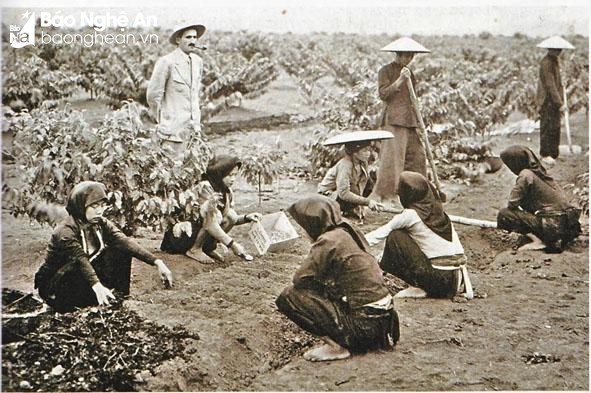 |
Image of coffee plantations in Vietnam under French rule. Photo: Coffeenewsvietnam |
Looking back in history, in the late 19th and early 20th centuries, when the colonization process was at its peak, the French realized that the Phu Quy area had a climate and soil suitable for growing and developing coffee and rubber. Therefore, the French colonialists put pressure on the feudal government to seize land and establish a large plantation area with tens of thousands of hectares of coffee, rubber and some other industrial crops. Today's National Highway 48 was also built during this period to serve the exploitation of resources and minerals in Phu Quy and the military pacification of the Northwest region of Nghe An.
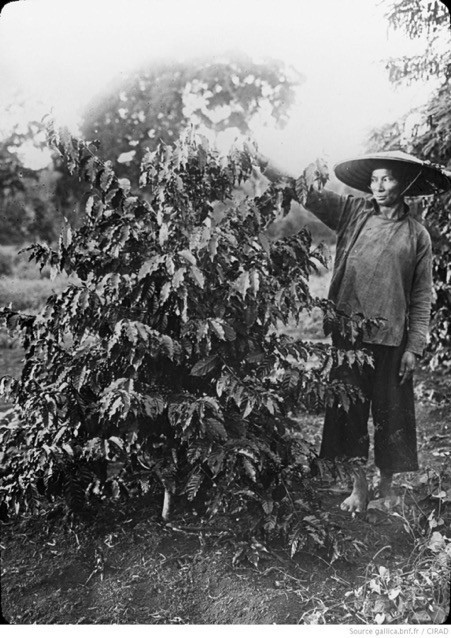 |
Coffee trees in Cao Trai, one of the places with coffee research facilities in Phu Quy. Photo courtesy of Pham Xuan Can |
On this very land, on October 22, 1907, the Governor-General of Indochina issued a Decree to consolidate the Quy Chau - Nghia Dan region, establishing a representative office of the provincial government in Nghia Hung, which was called Nghia Hung station on September 1, 1908. On March 3, 1930, the Governor-General of Indochina issued a Decree, upgrading Nghia Hung station to the Phu Quy Agency with greater responsibilities and powers than before. The goal of the French colonialists was to consolidate the ruling apparatus, increase repression to occupy land to establish plantations, and fully exploit the benefits from the rich Phu Quy region. Nghia Dan district at this time had 6 communes (Cu Lam, Thai Thinh, Nghia Hung, Thanh Khe, Ha Suu, Lam La), with 58 communes and villages, each with its own seal. The district office was located in Tan Hieu (formerly Nghia Quang commune, now Quang Phong and Quang Tien). The administrative structure existed until the success of the August Revolution in 1945, when it was abolished.
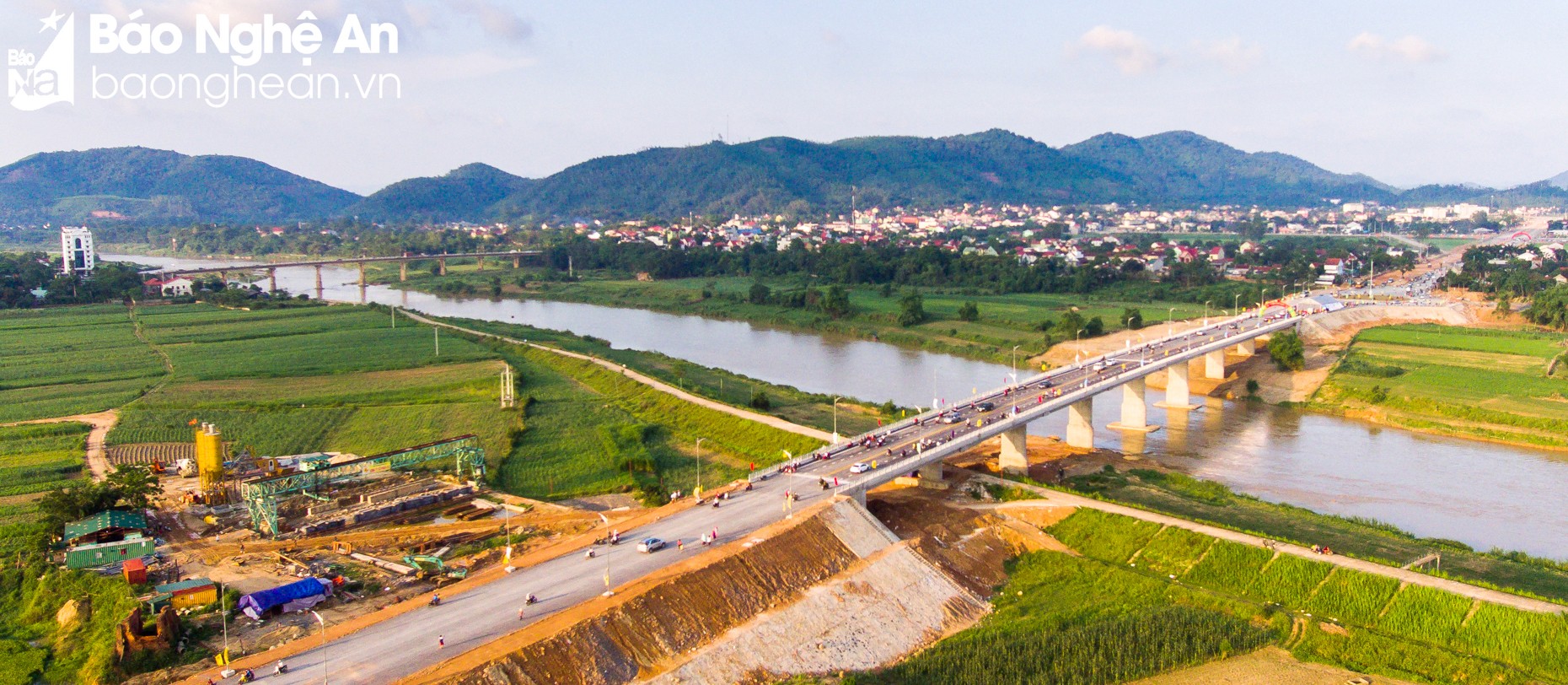 |
Image of both banks of Hieu River today. Photo: BNA Document |
Under the influence of colonial exploitation investment, Phu Quy land became a bustling urban area in the early decades of the 20th century. In the years 1937 - 1940, the French colonialists re-planned the streets and houses of Cuu Hieu and Bac Hieu villages and named this area Ville de Phu Quy - this was also the first planning of Thai Hoa town today.
According to Mr. Thinh, in the past, the French colonial plantation system was located on both banks of the Hieu River, to the East and West of this river. The system of French mandarins' residences, camps, and rest stops was mainly located in the area to the West of the Hieu River.
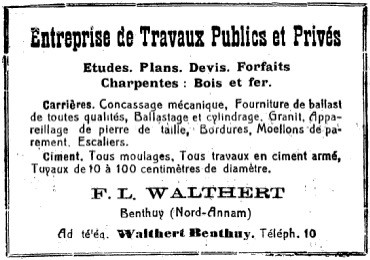 |
A telegraph advertisement of the Public and Private Works Research Company owned by FLWalthert. FLWalther was also one of the large landowners in Phu Quy. Photo: Archive |
Phu Quy land is blessed by nature with special soil and climate conditions. The main soil is red basalt, which is very suitable for industrial crops to grow. After occupying the land, the French began to exploit it. Because they needed a lot of labor, in addition to forcing local people to work for them, the French colonialists also mobilized many laborers from other localities to Phu Quy to work as workers. This is what made this land later become the common homeland for many children of far-away lands from all over the world.
According to statistics by Associate Professor, Dr. Tran Vu Tai - Vice Principal of the School of Education, Vinh University in an article published in the Science Journal of the University of Social Sciences and Humanities, Vietnam National University, Hanoi in 2006, in the Nghia Dan area there were many French plantations from 1919 to 1945. Among them, there were plantation owners who owned large areas of land such as: Walther owned 6,000 hectares in Dong Hieu, Tay Hieu (Nghia Dan); Saintard owned 500 hectares in Nghia Hop (Nghia Dan), or Lapic et Société Company in Nghia Hung (Nghia Dan) with an area of 7,560 hectares...
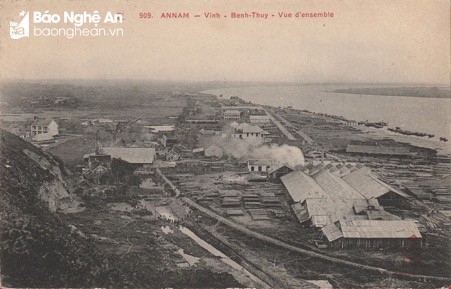 |
According to researcher Pham Xuan Can, the Lapic et Société Company, headquartered in Vinh, owned a canning factory in Ben Thuy and also had a plantation in the Phu Quy area. In the photo is the old Ben Thuy area. Photo: Document |
According to Associate Professor Dr. Tran Vu Tai, although it appeared later than other regions in the country, after World War I, the plantation system in the North Central region was mainly consolidated and expanded by the French colonialists. French plantations were mainly concentrated in the midlands, where there was fertile red basalt soil. They were mainly distributed in Ha Trung, Thach Thanh, Tho Xuan, Cam Thuy, Quan Hoa, Ngoc Lac, Nong Cong... (Thanh Hoa), in Nghia Dan, Quy Chau, Yen Thanh, Quynh Luu (Nghe An) and Huong Son (Ha Tinh). The plantation system in this area was mostly used to grow industrial crops and raise large livestock. In particular, coffee trees played an important role in plantation cultivation. Before occupying the entire Central Highlands, the French colonialists intended to turn North Central Vietnam into the largest coffee growing and exporting area in Indochina.
In fact, the French paid attention to planting and exploiting coffee trees in Phu Quy very early, from 1913, even before the red soil of the Central Highlands (1920-1925). The coffee output of the plantations here was mainly exported to France under the brand name Arabica du Tonkin (Arabica Coffee from Tonkin).
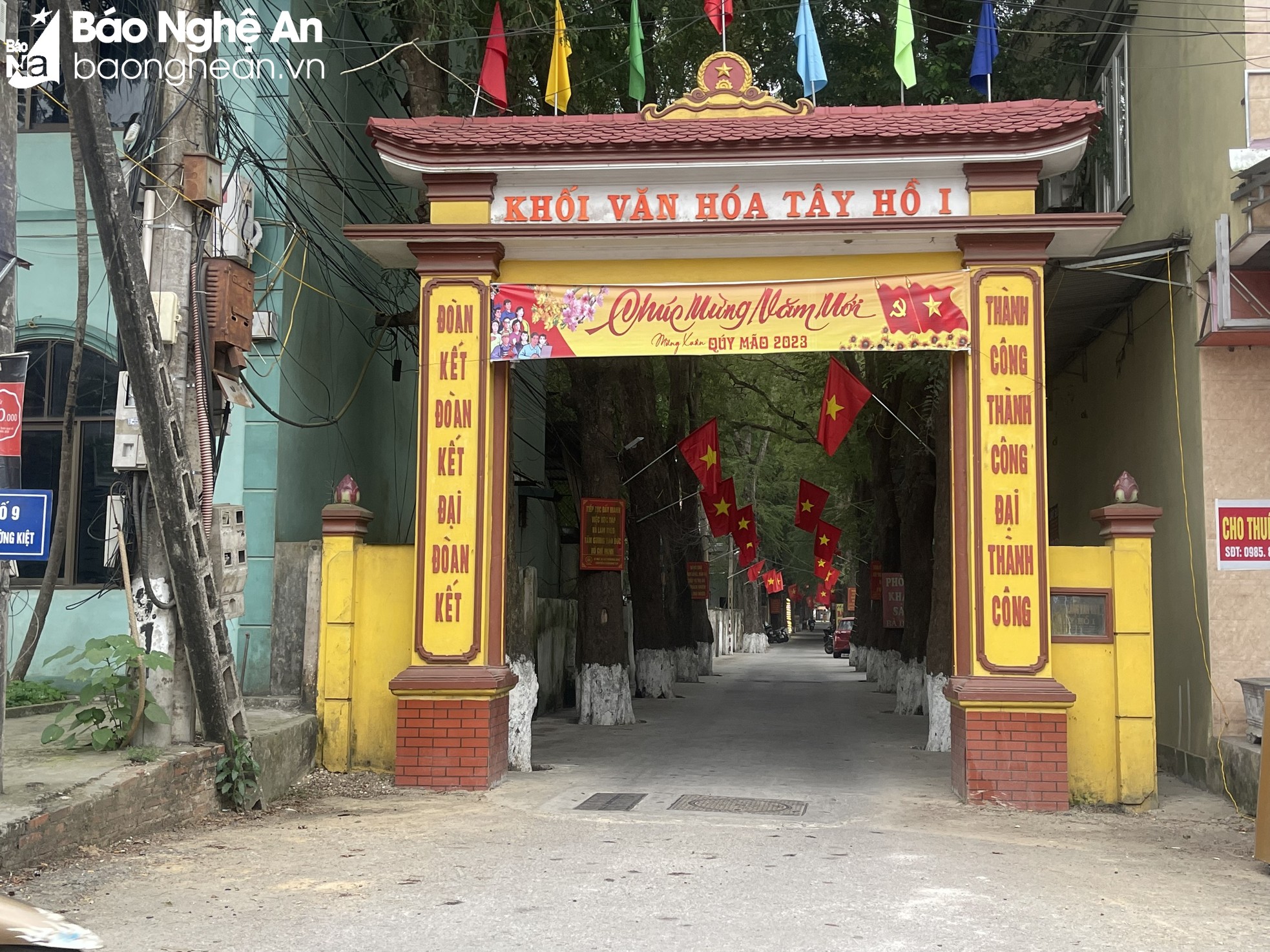 |
The gate leading to Tay Ho 1 block, where there are rows of ancient tamarind trees over 100 years old. Photo: Tien Dong |
…and the ancient tamarind trees
Nowadays, the villas and mansions of the French plantation owners in Thai Hoa town have been almost completely destroyed, leaving no trace. However, the tamarind trees that the French brought to plant when they colonized this land still remain, as evidence of a vibrant period in this red basalt land.
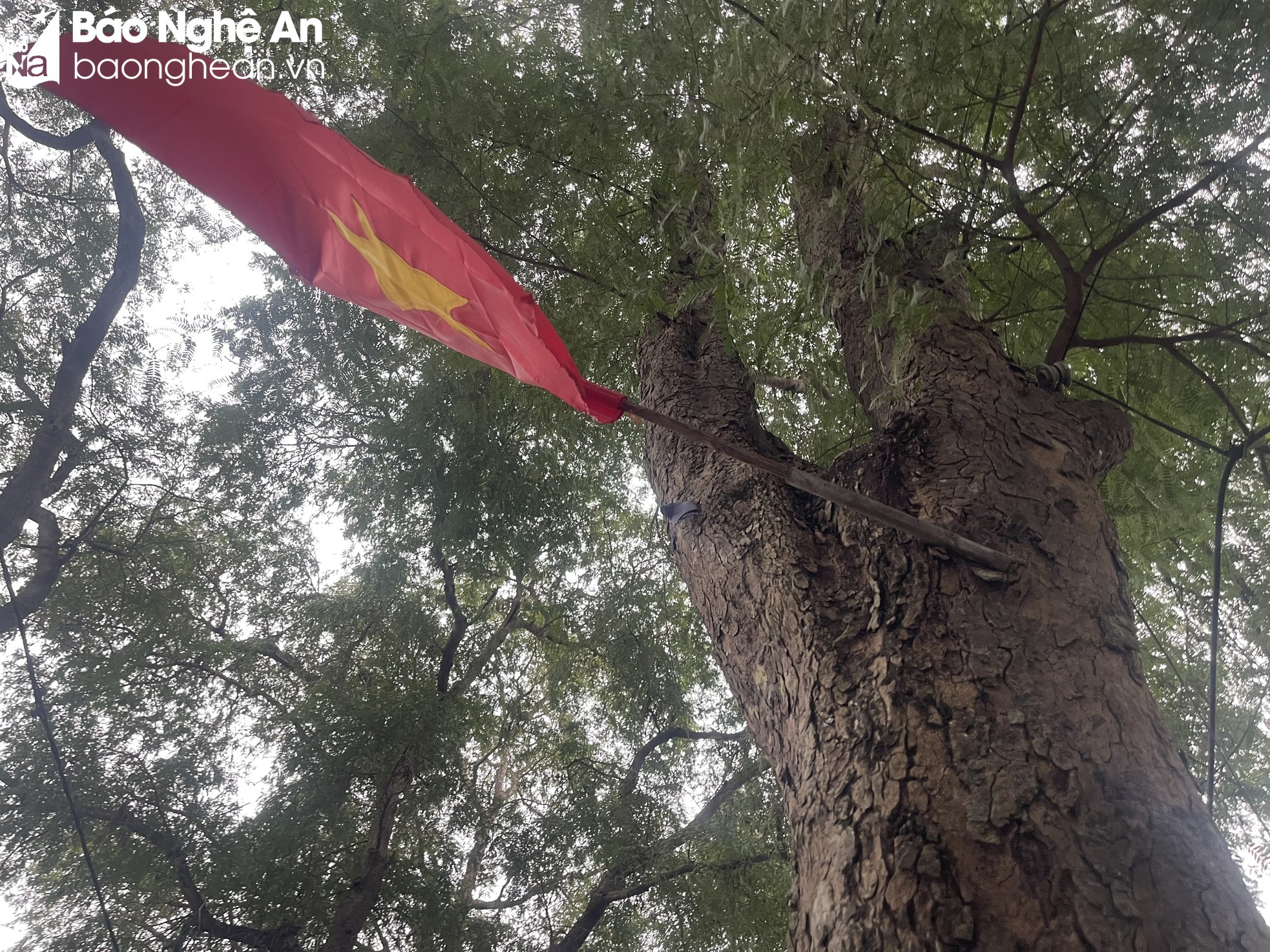 |
The tall tamarind tree with its wide canopy covers the entire small street. Photo: Tien Dong |
According to Mr. Thinh, even the old and current village name, Tay Ho 1 block, or Giao Te hotel right at the entrance gate of the block, has brought something very Western to this area. Most of the people here are not natives. Previously, this area was surrounded by military posts and villas of French plantation owners. Therefore, they brought tamarind trees - a tree species originating from Africa - to plant here. Later, people saw that it was beautiful so no one dared to cut it down. Many local people have also surveyed themselves, the location of the tamarind row is about 500m west of the Hieu River bank. What is special is that from the tamarind row, you can see a flat area, not blocked by mountains. Because the tall tamarind row provides protection, in the summer the wind blowing in from the Hieu River bank is very cool. The temperature in the tamarind row area sometimes differs from the outside area by 3-5 degrees.
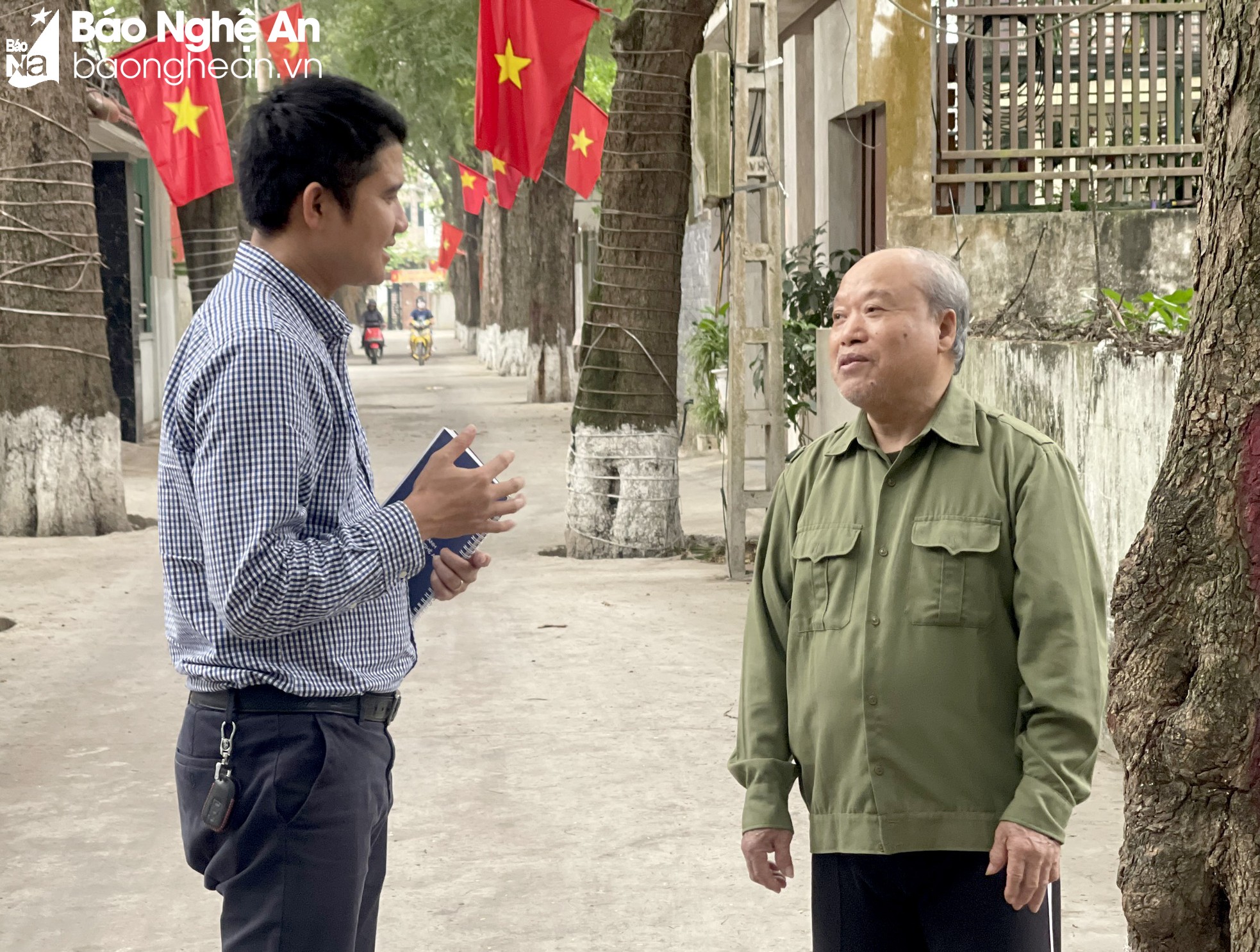 |
Nghe An Newspaper reporter talks with Mr. Mai Xuan Thinh. Photo: Tien Dong |
Currently, this row of tamarinds is being taken care of and protected by the Veterans Association and the participating block. To protect the tamarinds, according to the block’s convention, any family that wants to build a house must be at least 80cm away from the tamarind trees. Pipelines and ditches constructed on this road must not touch the tree roots.
The elderly in the Tay Ho 1 block also said that the most regrettable thing is that the documents about the plantation system, the landowners and the history of the tamarind trees are almost gone. Therefore, building a dossier to be recognized as a heritage tree line is still difficult. Besides, the care and protection of this tree line is also spontaneous.
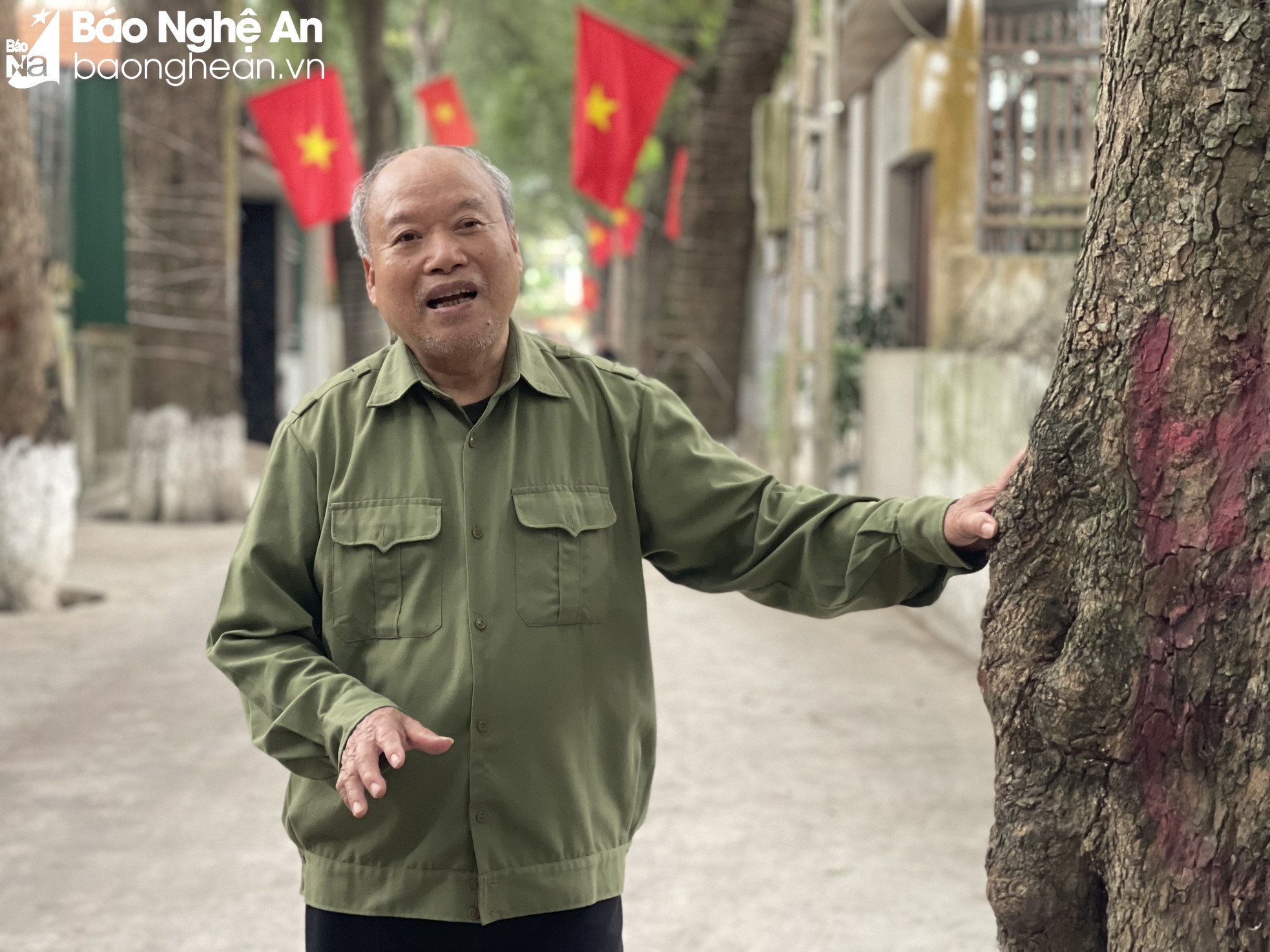 |
Mr. Mai Xuan Thinh next to an ancient tamarind tree. Photo: Tien Dong |
“Previously, the Veterans Association exploited the fruit to raise funds to protect the tamarind trees, but now the trees are growing taller and taller, no one can climb to pick the fruit, so they just let it fall naturally. If we could build a profile and have a plan to care for, protect, prune... it would be so much better. Because that is an asset, a unique cultural value that this Thai Hoa land was given, not easy to obtain” - Mr. Mai Xuan Thinh pondered.
Source link


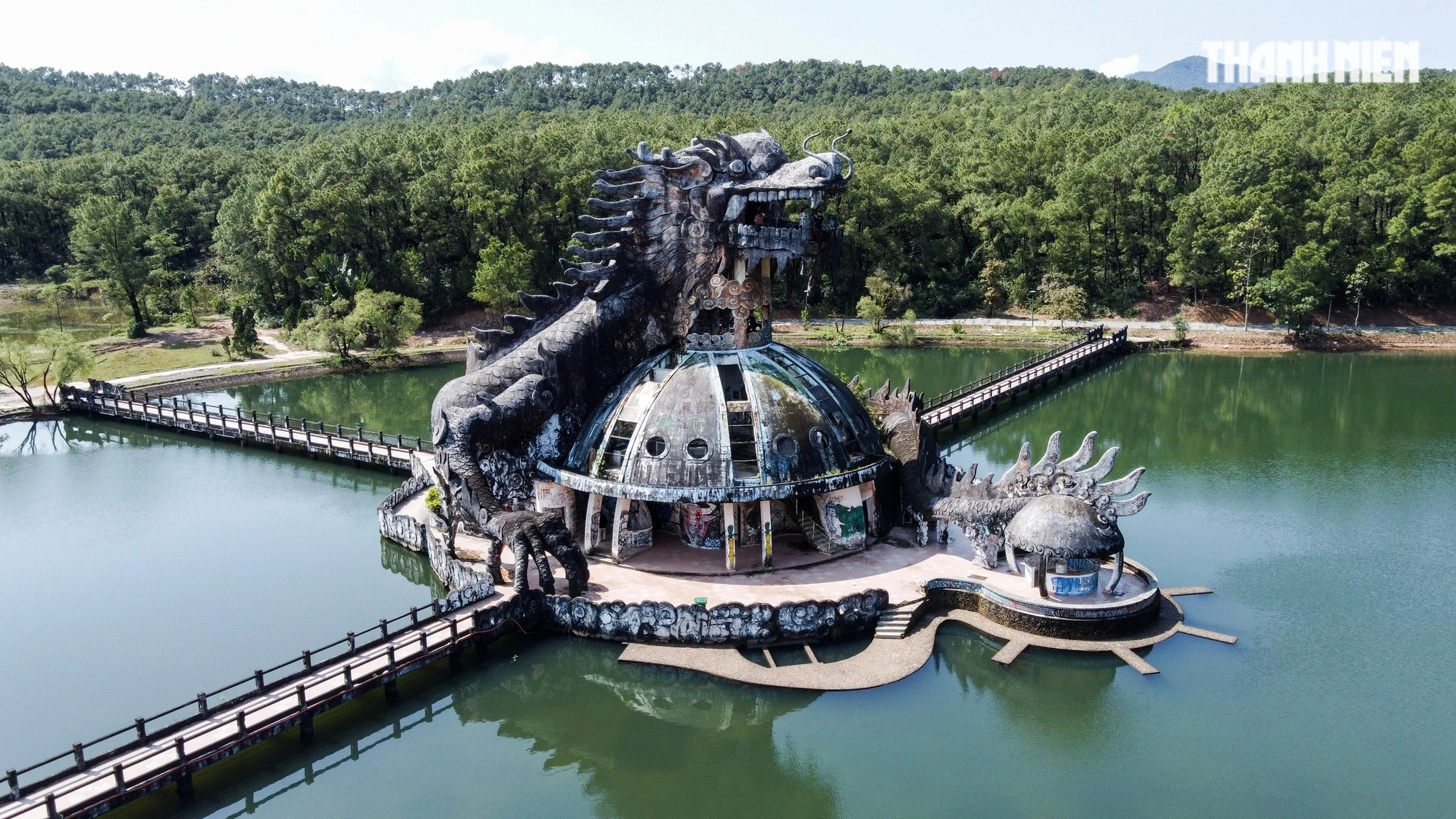

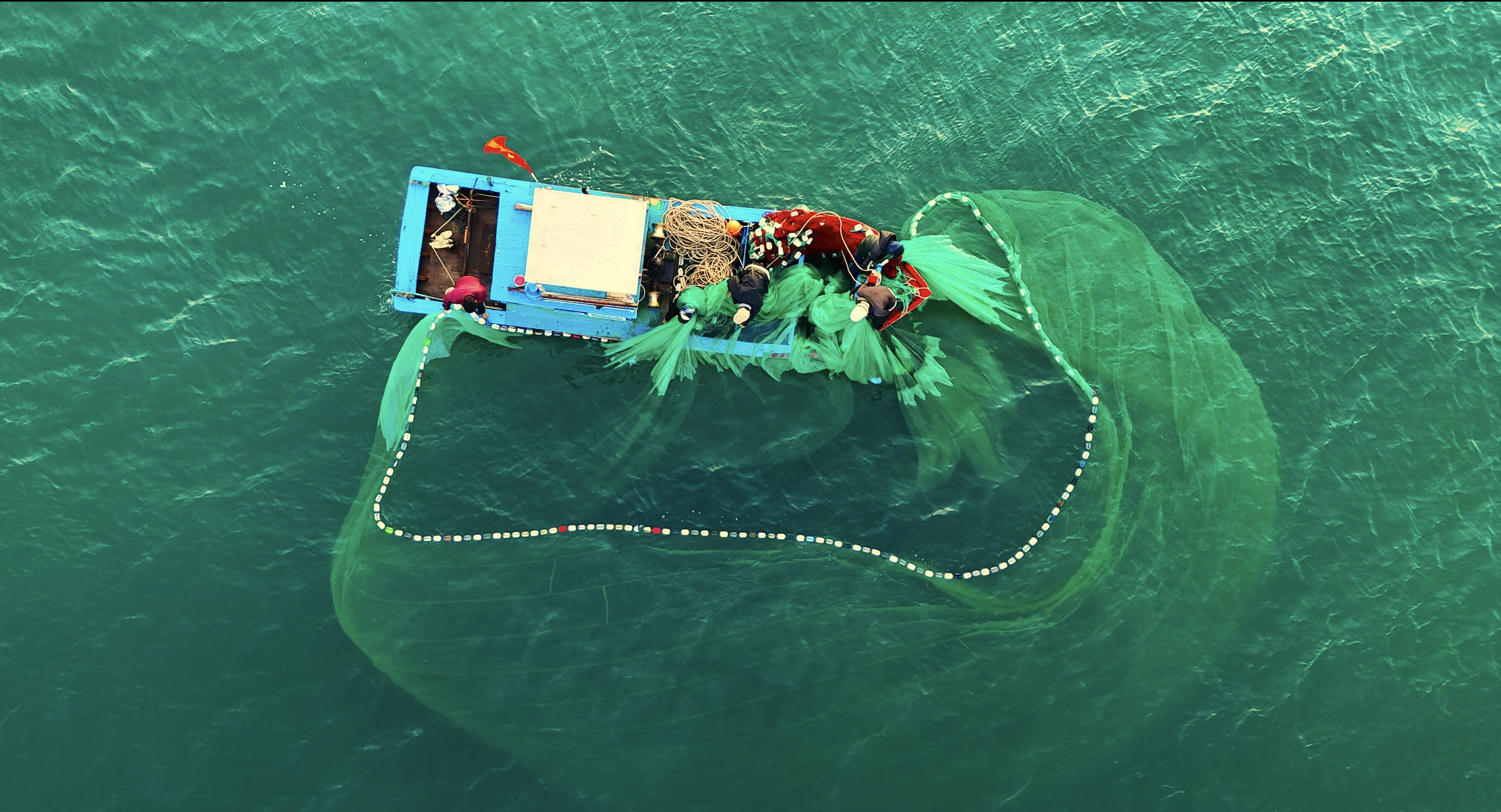
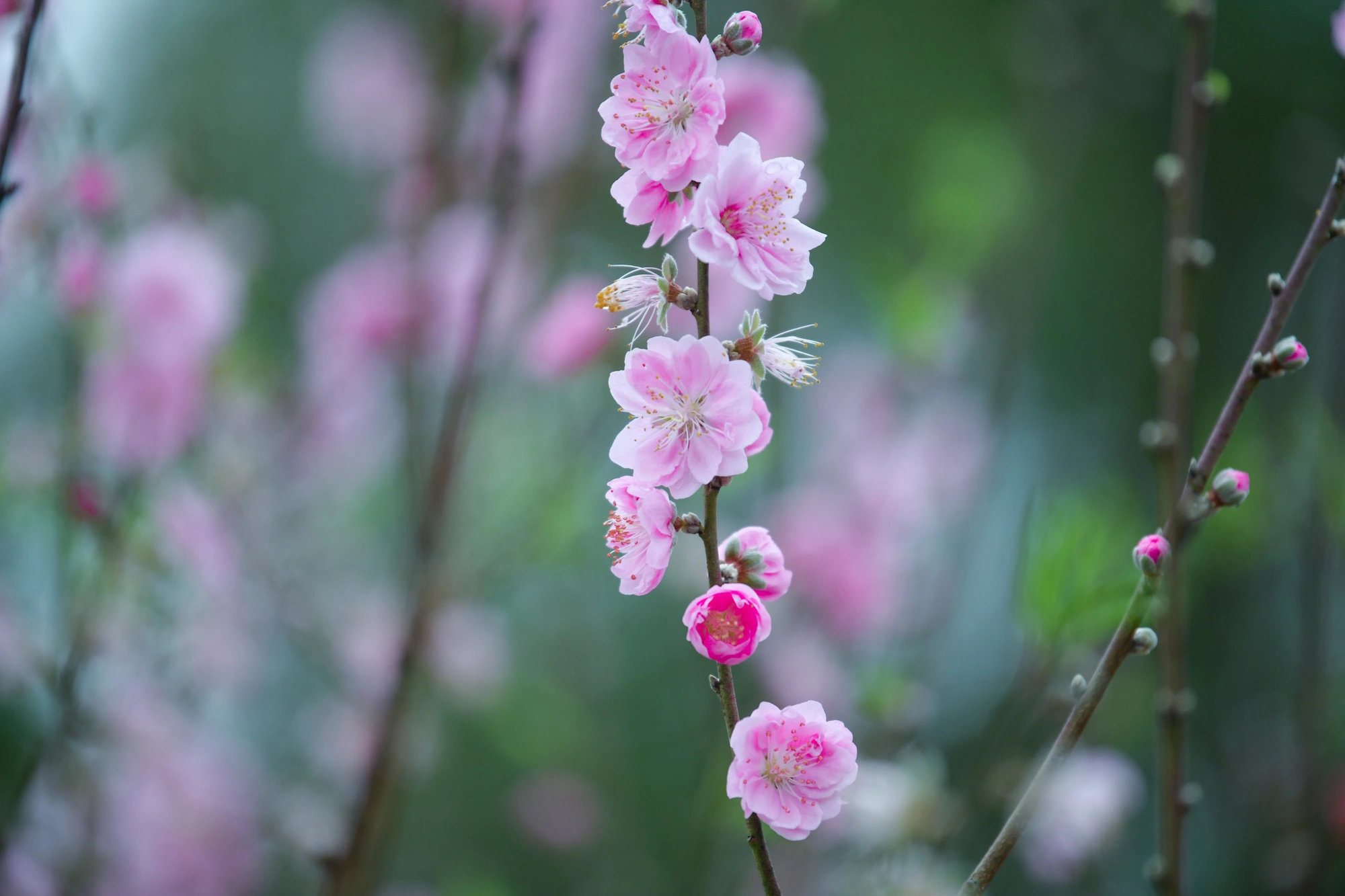
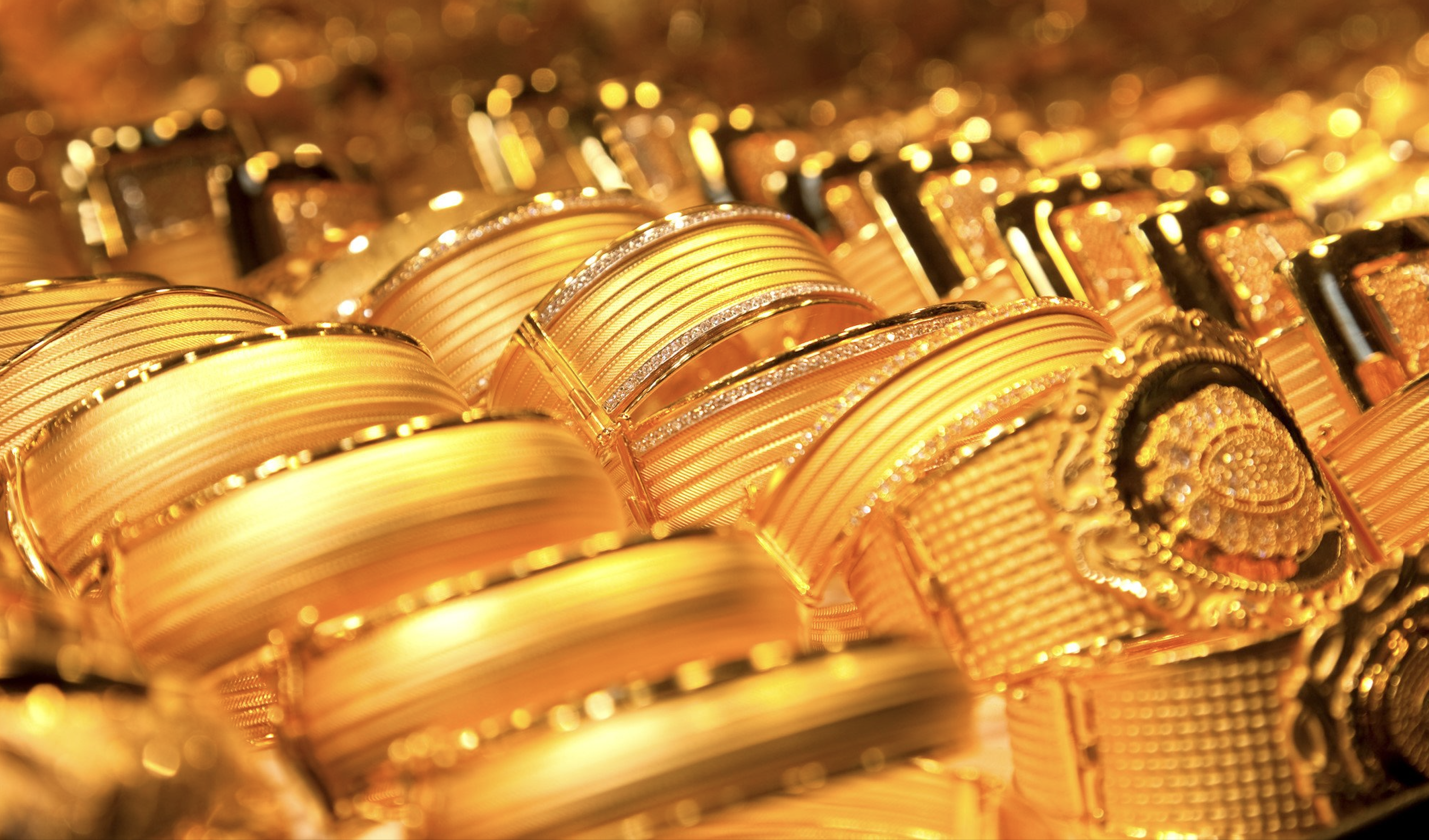
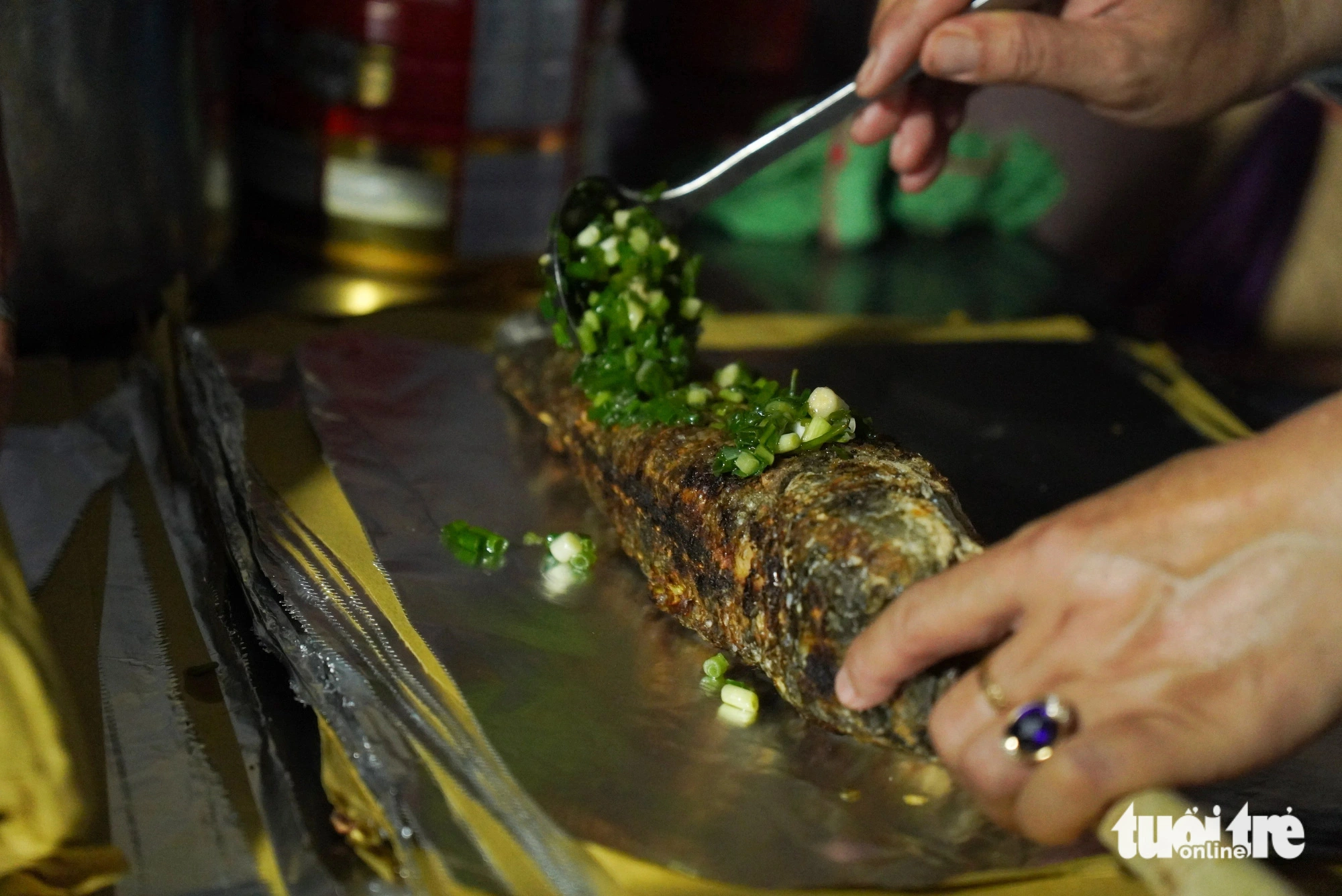




















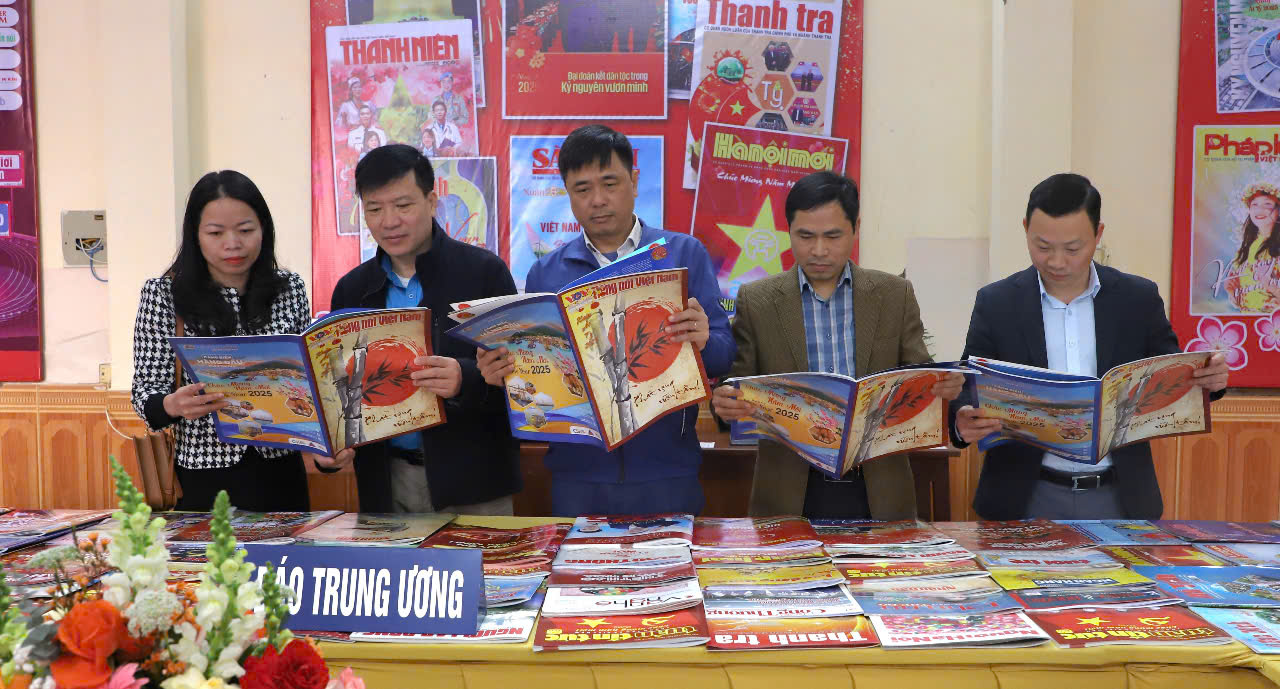

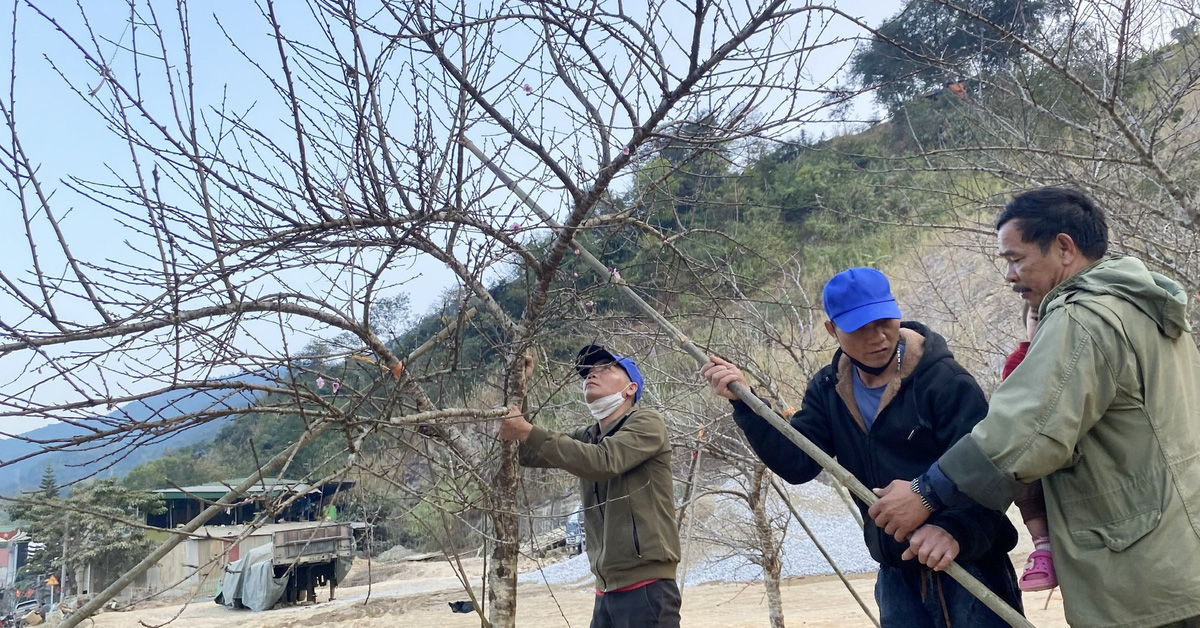
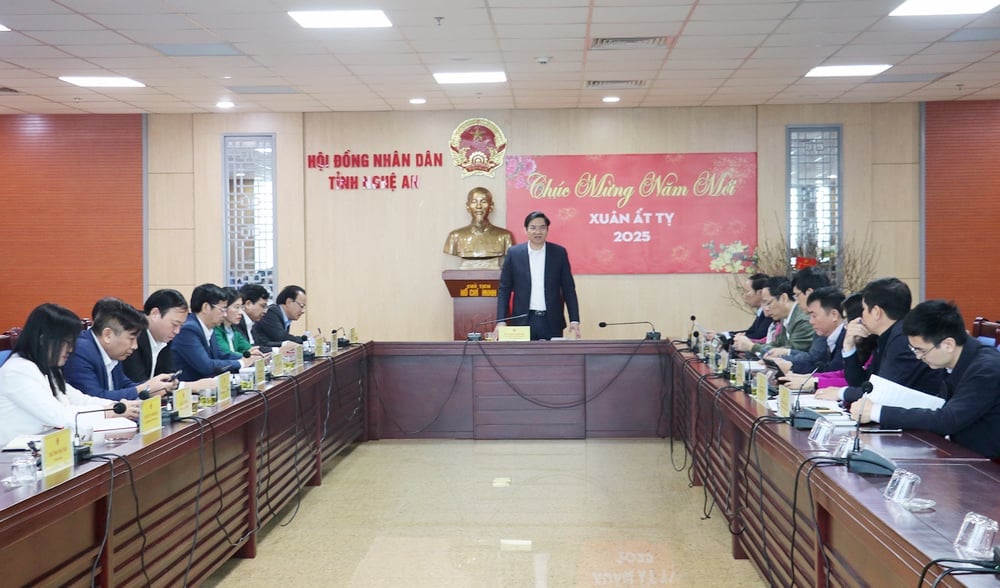
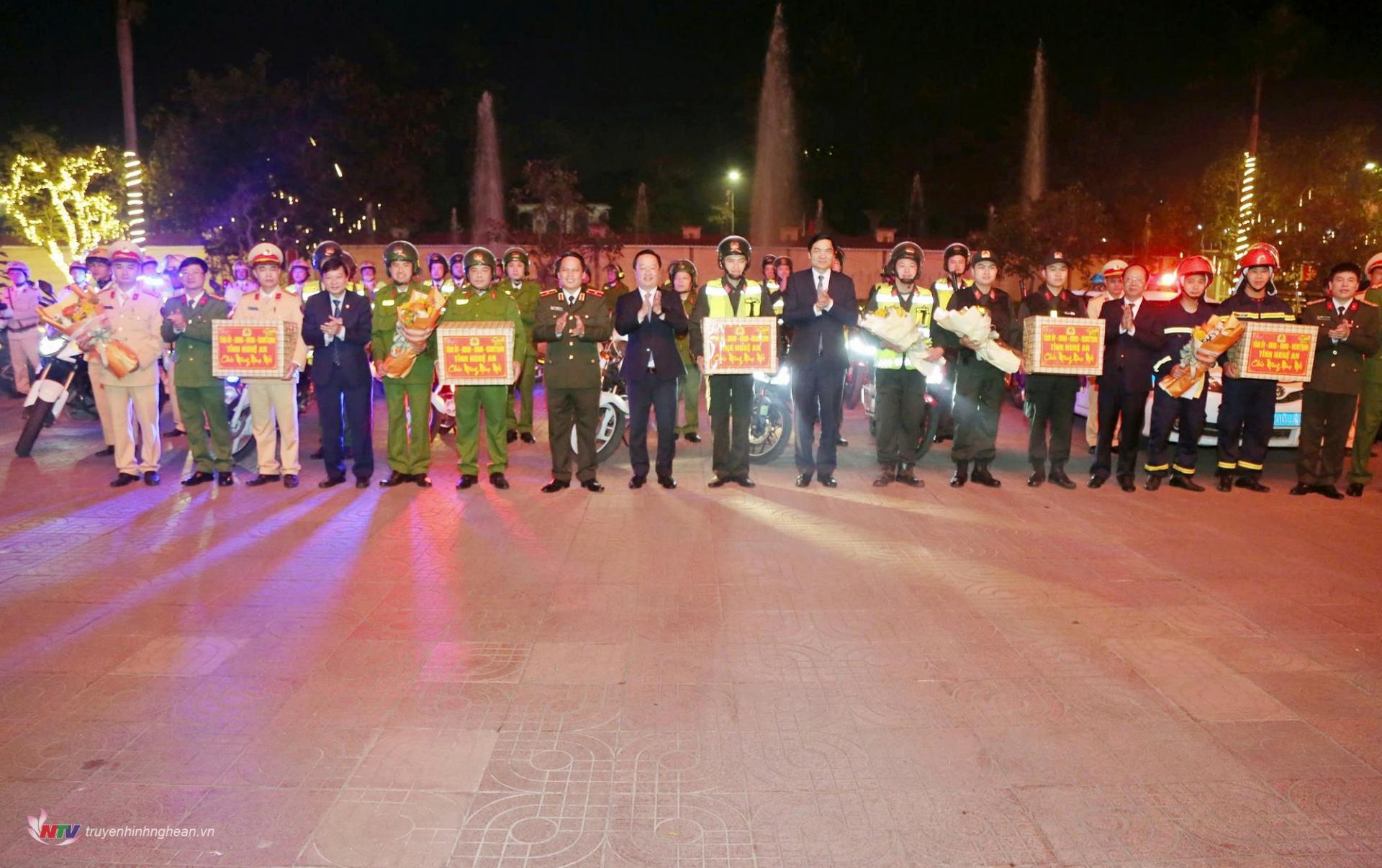
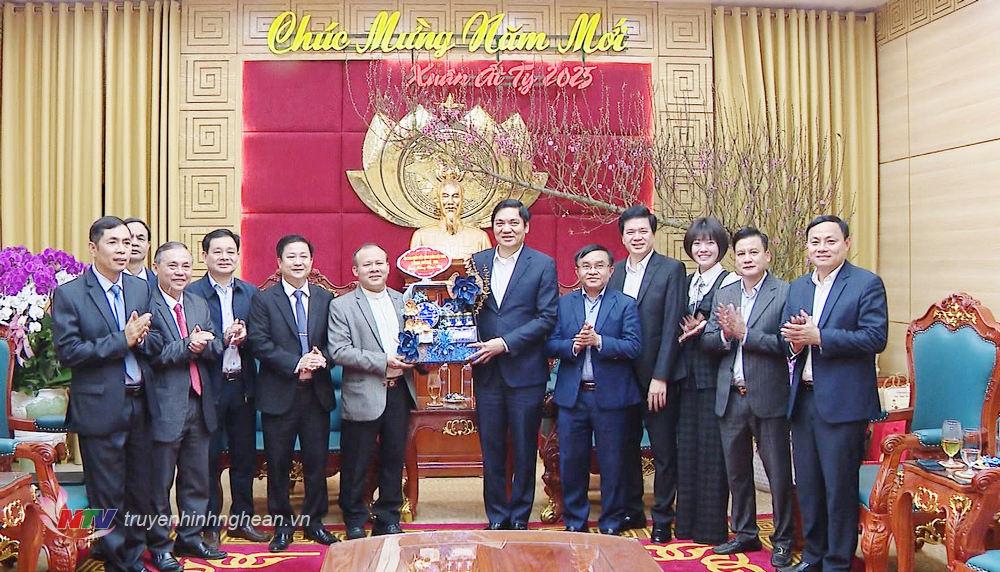
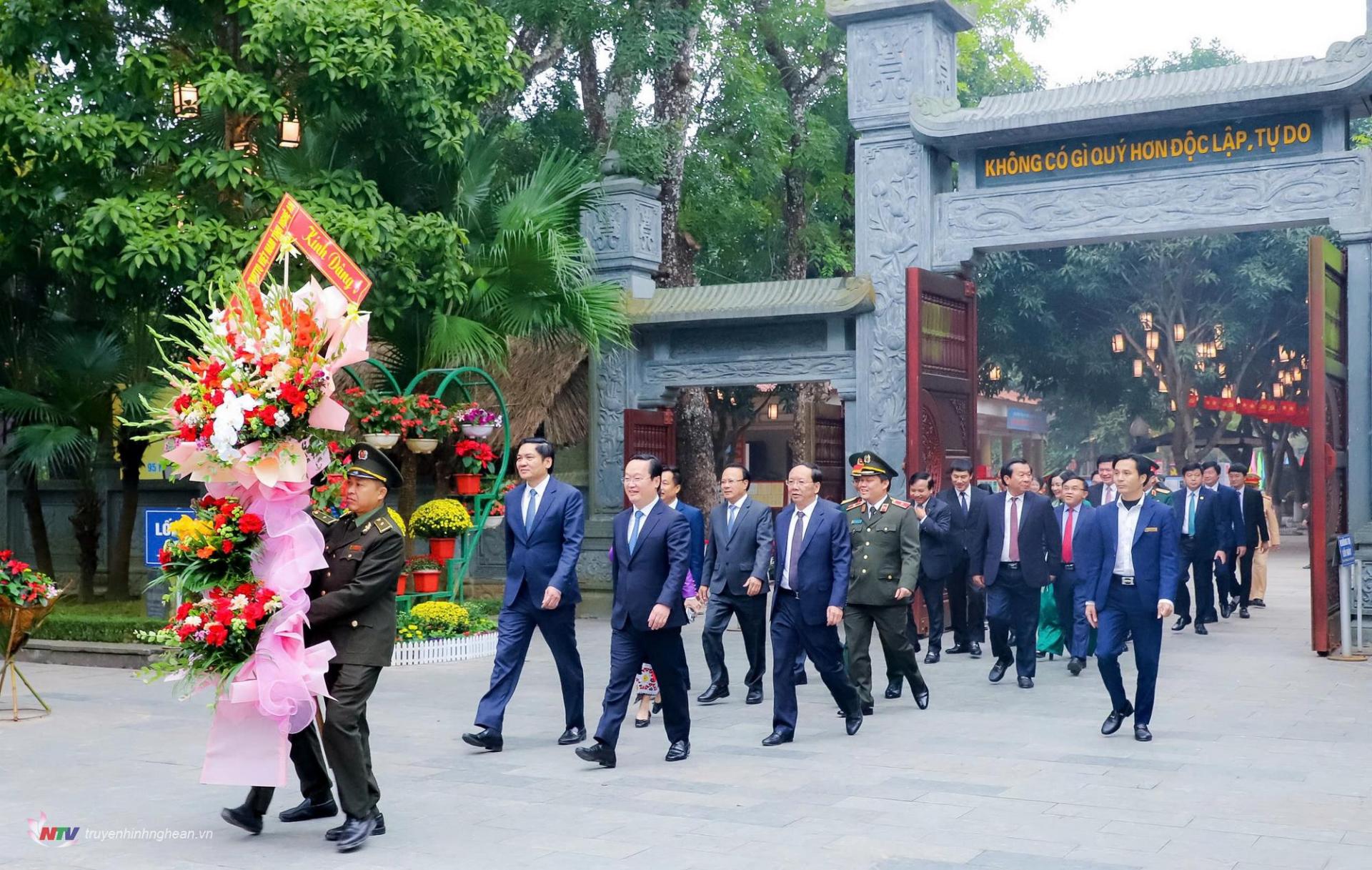
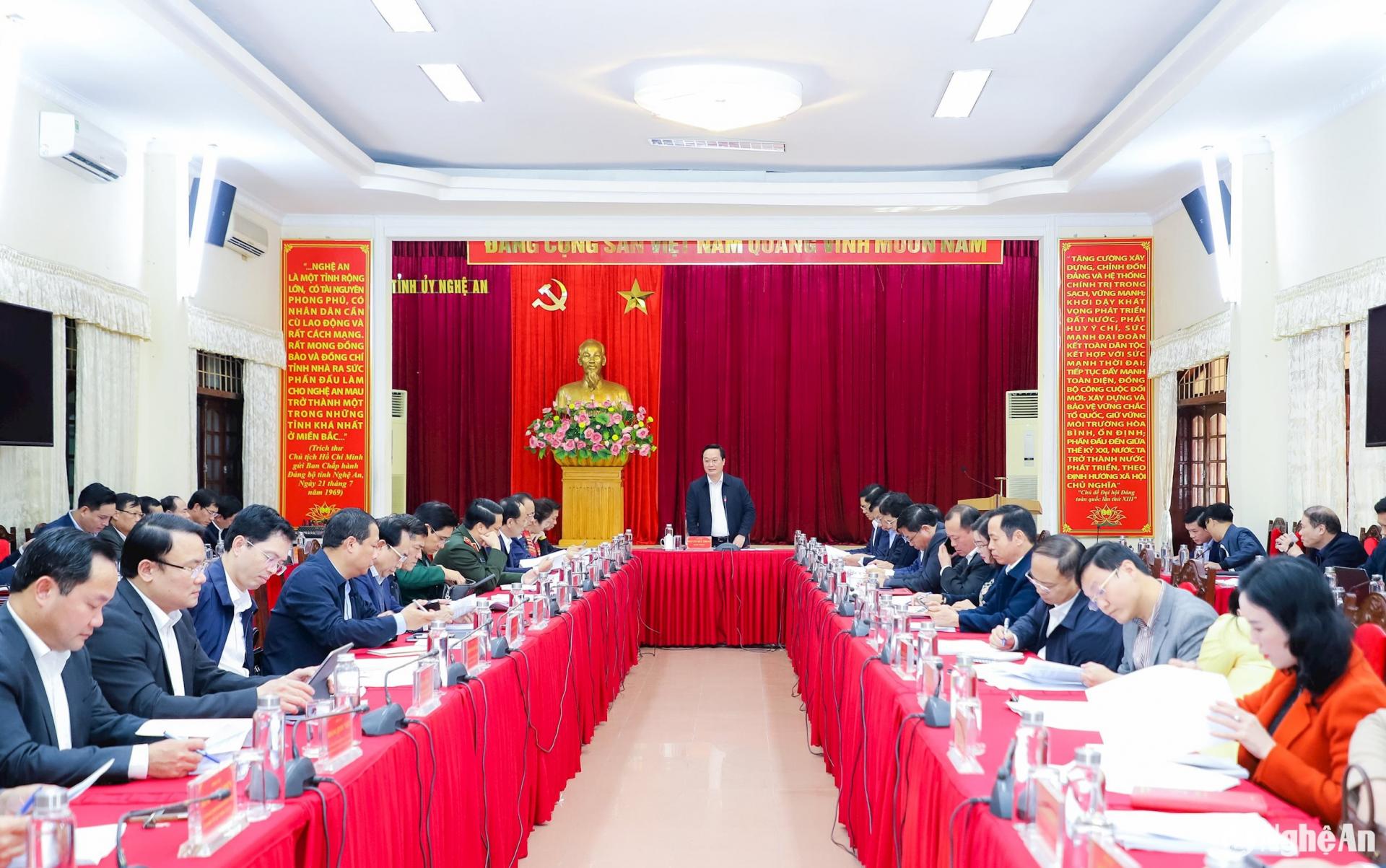
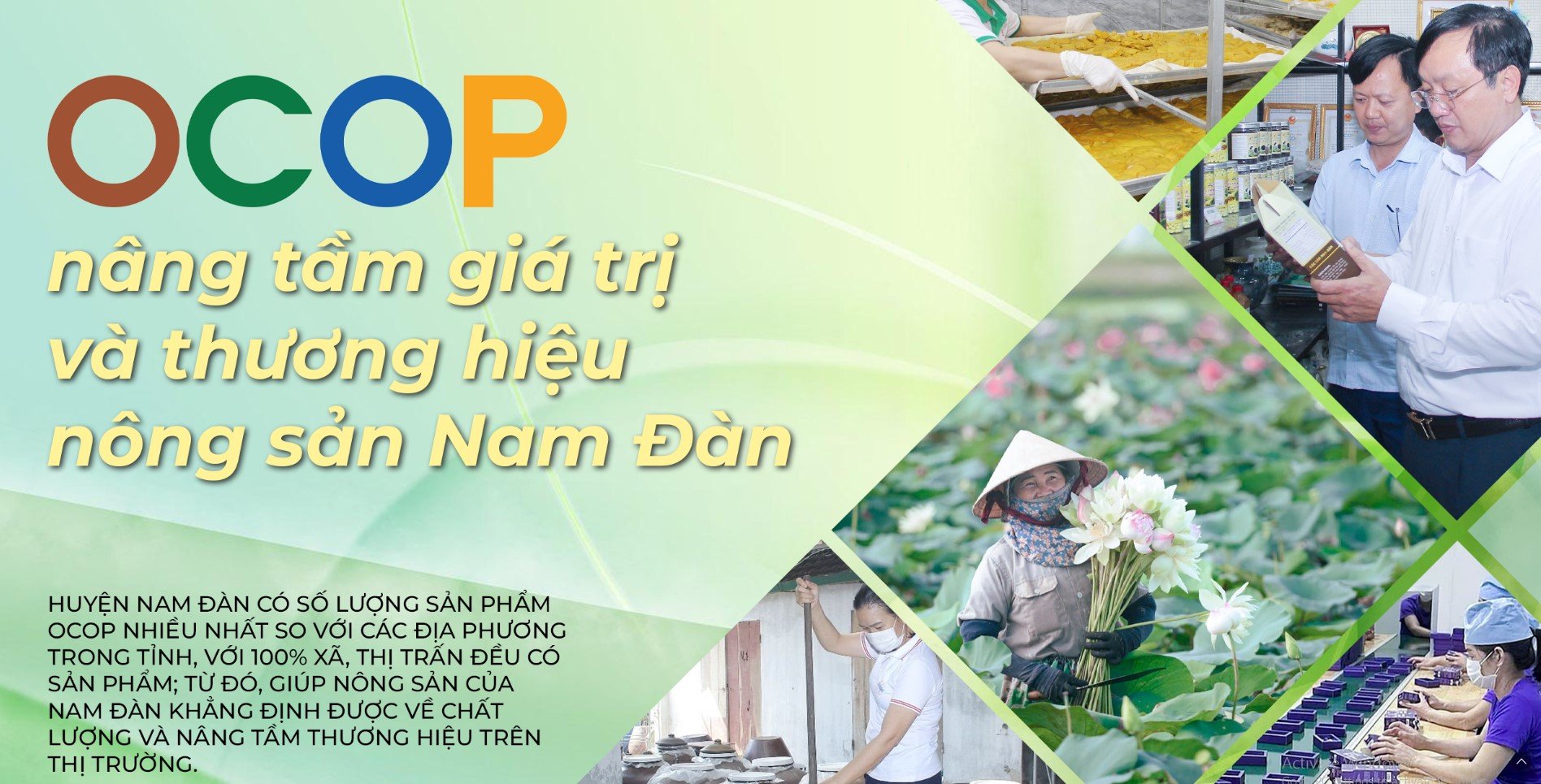
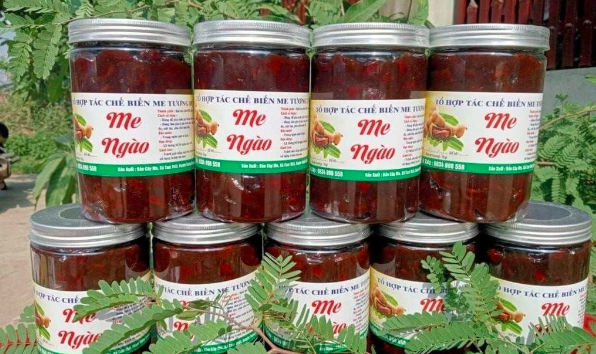
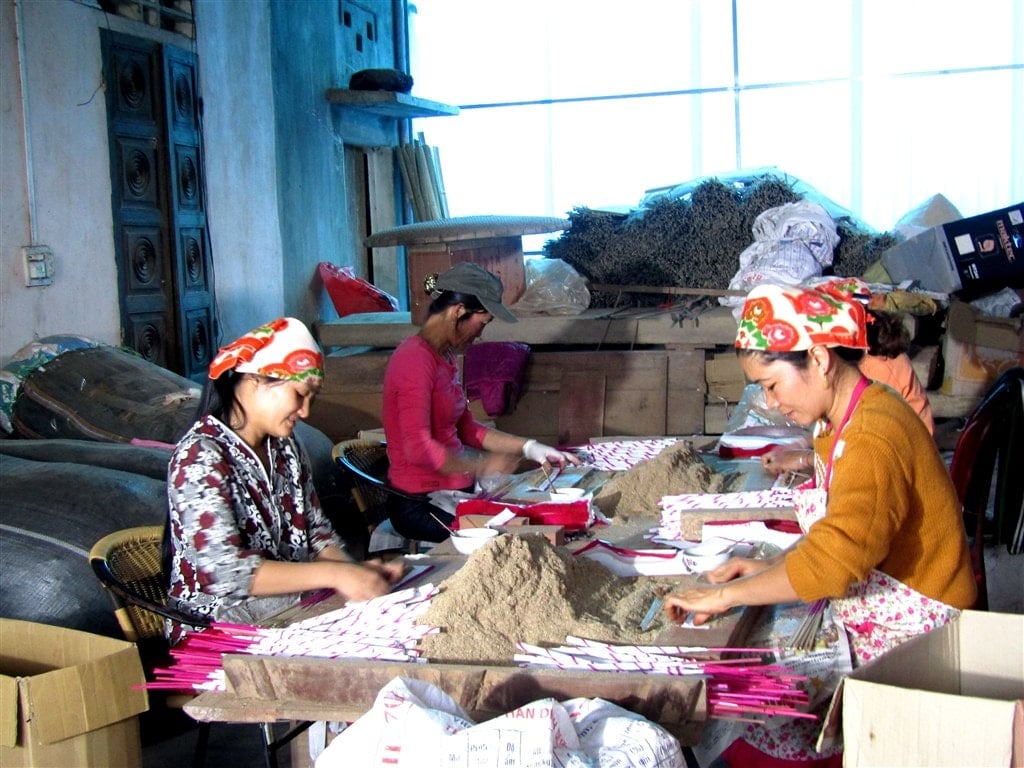
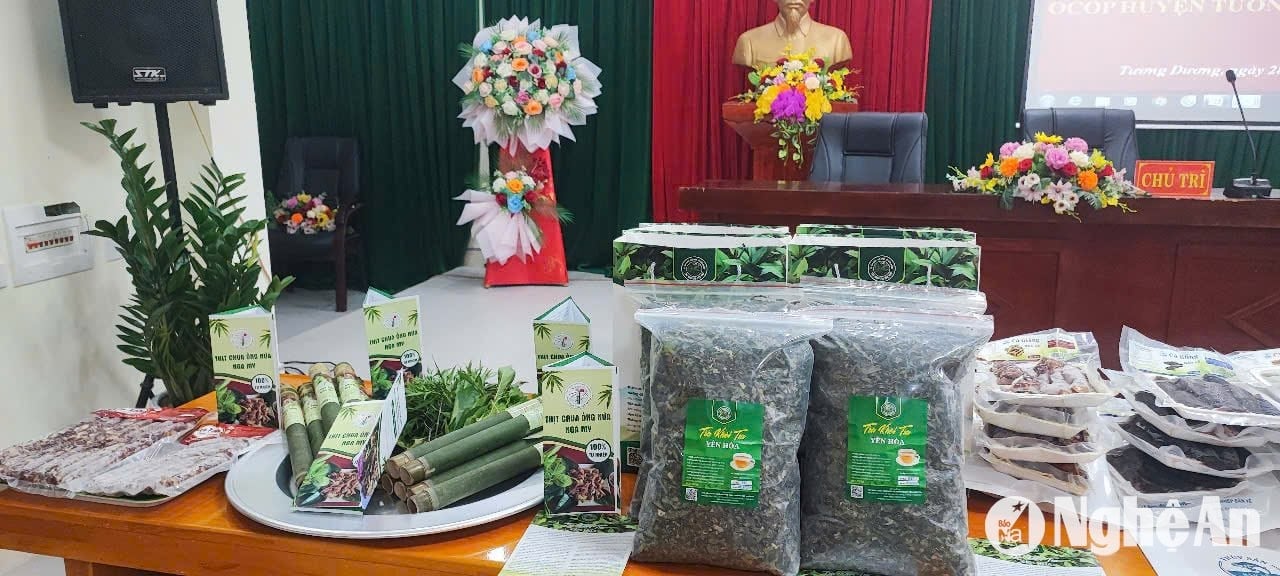
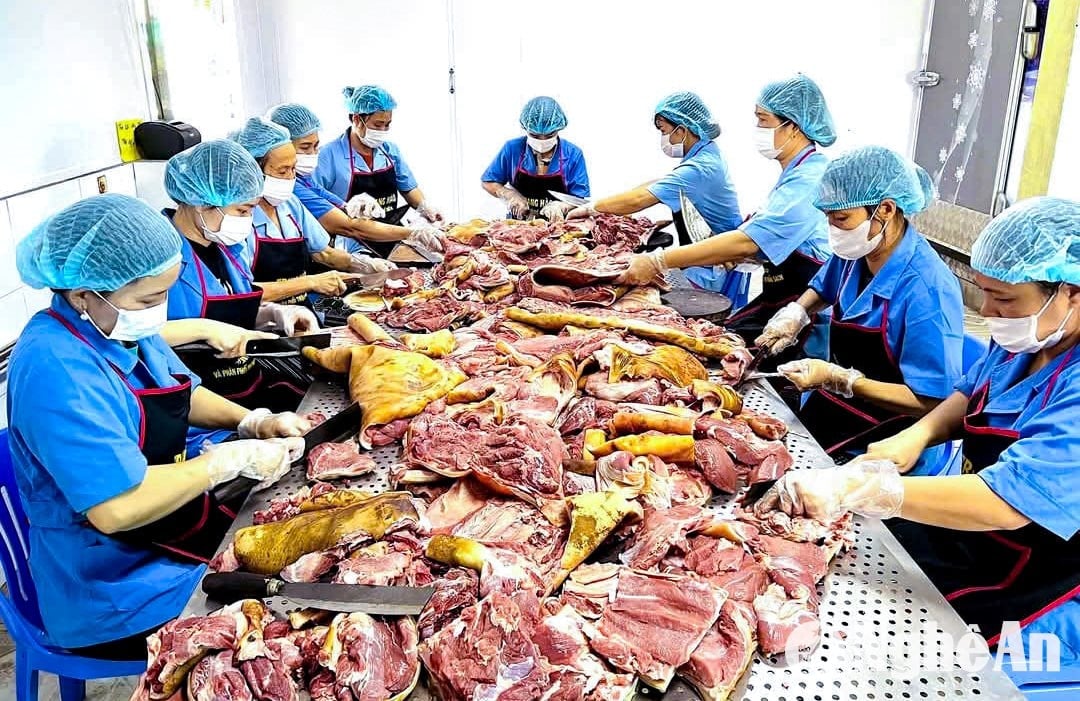
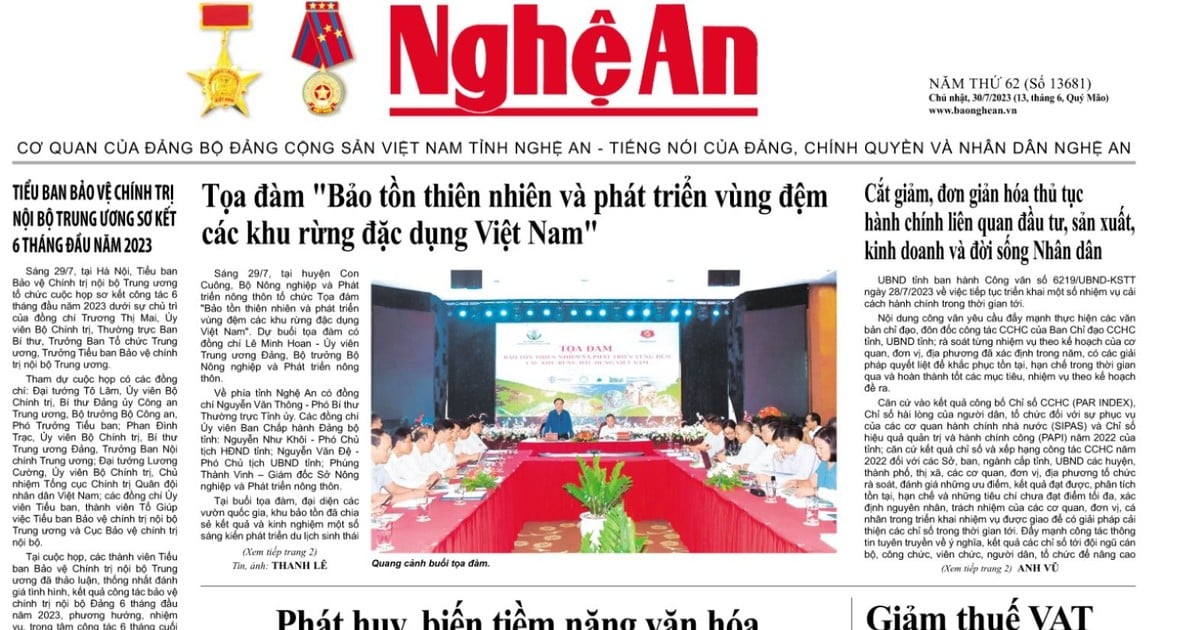


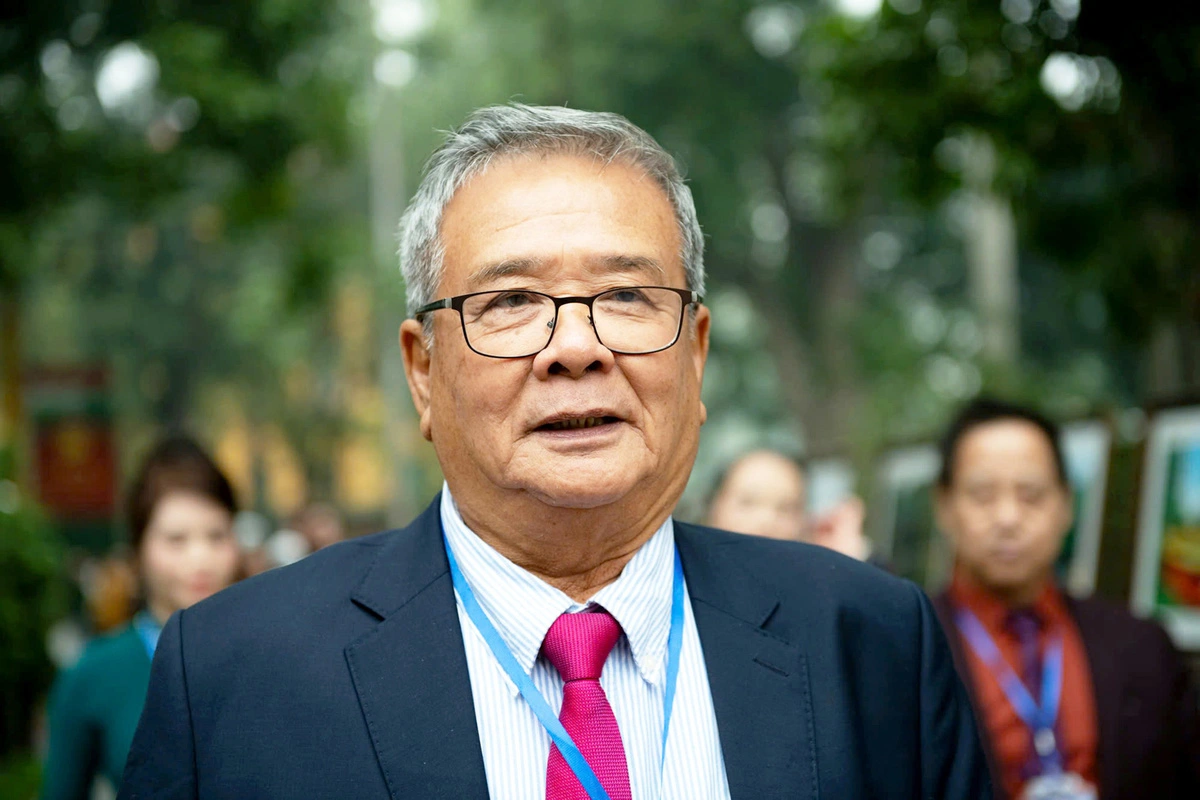

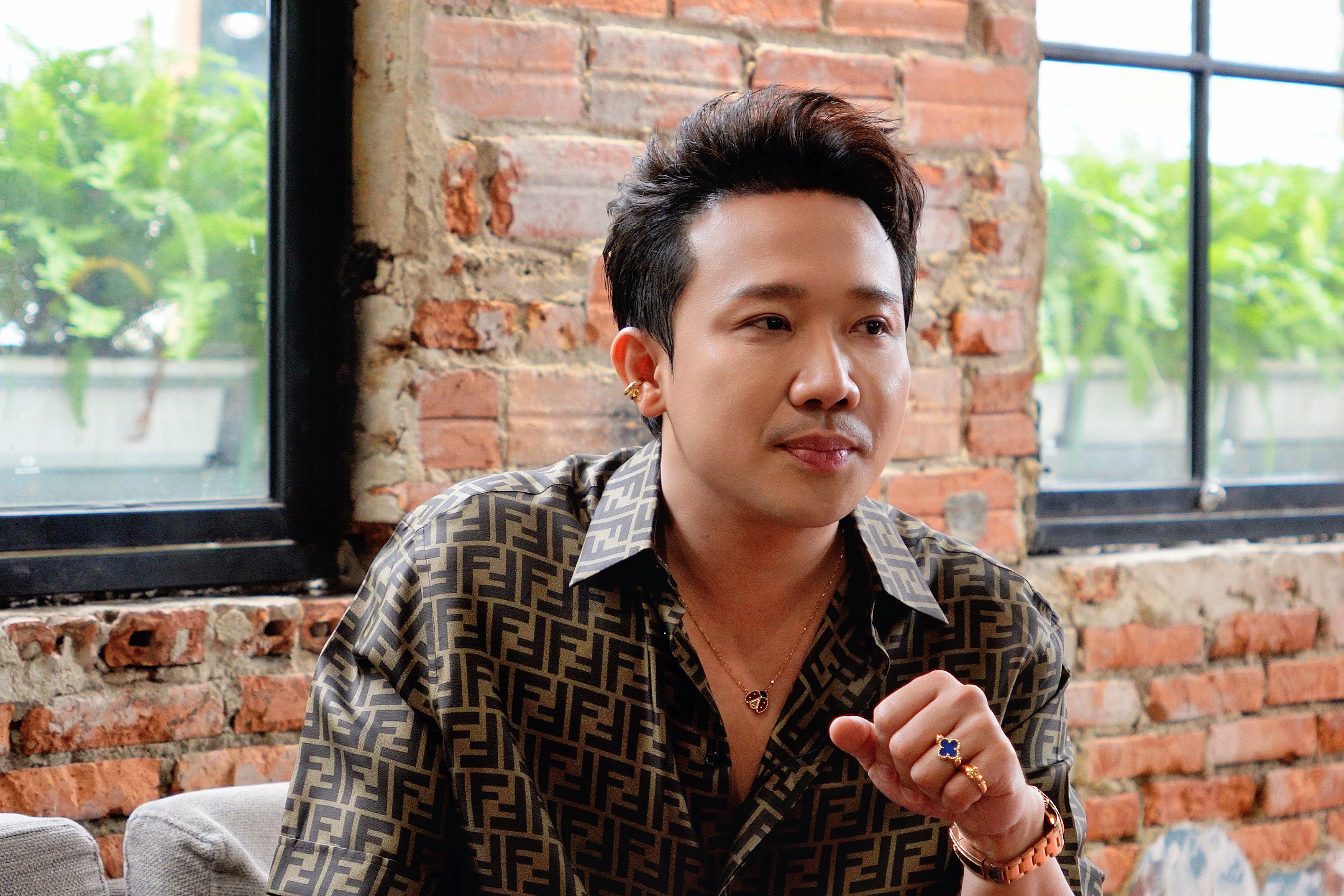





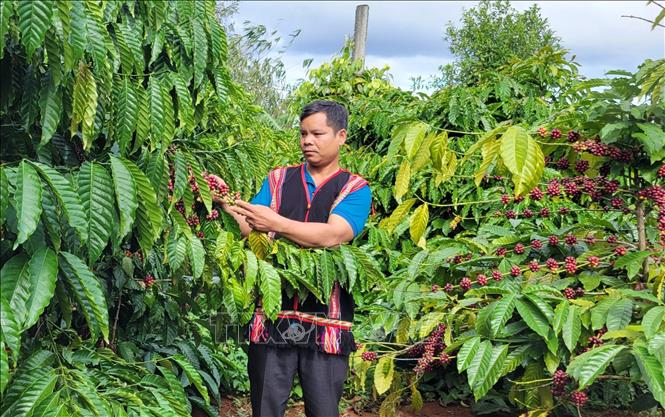





Comment (0)